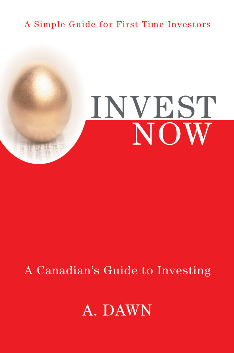Canada Seeks To Expand Trade and Economic Ties With China
/Canada Is China’s New Approved Tourist Destination
First Published: ADawnJournal.com December 22, 2009
On December 3rd, Prime Minister Harper of Canada made his first trip to China since taking office. This is the first time that the two countries leaders have met in five years, making this visit significant to both countries. Prime Minister Harper is known for limiting his foreign travel for political purposes, but has recently become more active, visiting both China and India in order to increase diplomatic ties.
China and Canada have had some opposition in the past, stemming from the Canadian act of giving the Dalai Lama citizenship in 2007, but those disputes have been put away as China has recently granted Canada an official travel destination. China has a very limited list of countries that are officially approved as travel destinations, with most of those being approved lying outside the North American continent. Canada’s unique status is the result of several decades of Chinese-Canadian cooperation. With a celebration of 40 years of diplomatic ties, both countries are happy to heal the rift. China and Canada both benefit from the ties, with economic and cultural exchanges between the two countries growing tremendously.
China has become a major partner in trade with Canada, and officials say that trade is likely to increase due to the strengthening of ties between the two leaders. Chinese tourists visit Canada regularly, and spend more in the country than in any other travel destination in the world. Chinese tourists also stay for longer periods of time in Canada than any other travel destination, making the diplomatic ties important to Canadian tourism. Canada expects to see greater economic returns from tourism, especially since China has now allowed tourism advertisements to be run in the country, persuading more Chinese tourists to visit Canada.
Cultural exchanges are also on the agenda for Chinese and Canadian leaders. China has expressed interest in a youth student exchange program that would allow young students to visit Canada to increase cultural awareness and build friendships between the countries. Currently, there are over 42,000 students who reside in Canada, attending university or studying. There are also well over 1 million Chinese-Canadian citizens in Canada, as well. The cultural exchanges between the two countries are just as important for building strong ties as the economic benefits, but there are also other common ties that have allowed China and Canada to work together.
China and Canada worked together to sign several different agreements, ranging from climate change to educational issues that will affect both countries. Canada has plan for opening up to six trade offices in China, a move that will further strengthen ties between the two. In addition to these agreements, China has purchased a majority stake in the Canadian oil fields, a project that has cost China over one billion US dollars. China’s increasing economic power has been seen worldwide, and Canada is among the top recipients of their buying power. China is Canada’s second largest trade partner economically, and with plans to increase cooperation and cultural exchange, Canada is sure to benefit in the future.













